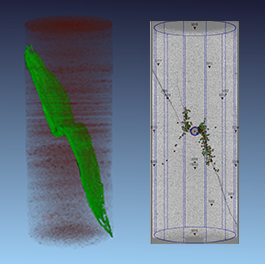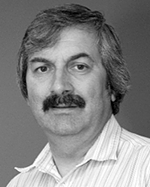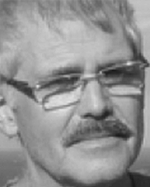
Erling Fjær, PhD
SINTEF
Erling Fjær has been working at SINTEF Petroleum Research (formerly IKU Petroleum Research) since 1985, on topics related to rock mechanics and rock acoustics, with applications including borehole stability, sand production, seismic monitoring, and logging of mechanical properties. His current position is Chief Scientist. He also holds a part time position as Adjunct Professor in petroleum technology and applied geophysics at the Norwegian University of Science and Technology. He has a PhD in physics from the same university.
|
|
|
 |
Microseismicity
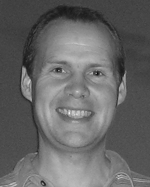
Volker Oye, PhD
NORSAR
Dr. Volker Oye graduated Goethe University Frankfurt, Germany in 2000 (Diploma thesis on true amplitude migration) and made a PhD at University of Oslo and NORSAR in 2004 on Observation and Analysis of Microearthquakes. In the following years Oye worked on induced and triggered microseismicity in various environments such as mines, hydrocarbon reservoirs, geothermal reservoirs, CO2 storage and also on lab-scale acoustic emissions. Since 2013 Oye is head of the Department on “Earthquakes and the Environment” at NORSAR.
|
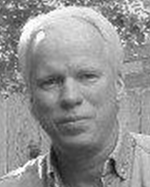
Robert Will, PhD
Schlumberger
Bob Will started his professional career in 1981 as a geophysicist with Western Geophysical Company. Since that time Bob has held a number positions in which he has focused on development and application of geophysical and engineering methods for petroleum, water, and CO2 sequestration applications. His job responsibilities have included commercial deployment of new generation methodologies, including acquisition systems, data processing techniques, seismic reservoir characterization, and multidisciplinary data integration. His professional experience extends to the U.S., Latin America, Europe, Africa, and Asia, including international postings in Singapore, Australia, and the United Kingdom. Bob Has a BA in Geology, MSc in Geophysics, and a PhD in Petroleum engineering. His PhD dissertation involved integration of three-dimensional seismic anisotropy attributes for optimization of simulation models in fractured reservoirs. His current activities include integrated geological modeling and flow simulation for CO2 sequestration projects. He is a registered geophysicist in the state of California.
|

Bettina Goertz-Allmann, PhD
NORSAR
Bettina Goertz-Allmann is a senior research scientist in the microseismic monitoring group at NORSAR, Norway, since fall 2012. She earned her PhD in 2008 with a focus on earthquake source physics at Scripps Institution of Oceanography, University of California, San Diego. After earning her PhD, she spent several years at the Swiss Seismological Service at ETH Zurich, first as a postdoctoral researcher and later as a senior assistant. Her research interests are earthquake scaling relations, source parameter estimation, and earthquake rupture imaging. Her current research focuses on analysis of induced microseismicity in geothermal and CO2 storage environments.
|
|
|
 |
Hydro-Mechanical Modeling: Induced Fractures
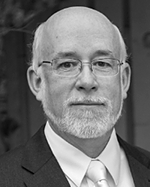
Donald W. Lee, MS
Schlumberger
Donald W. Lee is a geomechanical advisor for Schlumberger in North America. Don graduated with a B.S. in electrical engineering and joined Schlumberger in 1980 as a field engineer. He has worked in numerous interpretation and management positions and currently manages projects and constructs three-dimensional finite element models to provide customers with answers for reservoir scope geomechanical problems, such as reservoir compaction, completion failure, fault stability, well placement, caprock integrity, and injection limits. Areas of past work include deep water subsalt reservoirs, unconventional shale, and CO2 sequestration models. Don has won several internal awards for solving geomechanical problems in a team environment and was granted five patents. His focus on the GSCO2 EFRC project will involve using numerical modeling to improve understanding of coupled stress, strain, and flow response to injection-induced pressure transients at different scales to bridge the gap between laboratory measurements and reservoir observations.
|
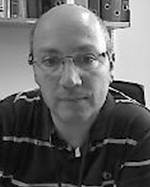
Pierre Cerasi, PhD
SINTEF
Dr. Cerasi has been employed with SINTEF since 2000. His experience in geomechanics, as a leader and scientist, includes projects related to sand production, borehole stability in shales, geomechanics applied to carbon capture and storage (CCS), and formation damage. His work includes laboratory experiments, numerical simulations, and theoretical models. Dr. Cerasi received his PhD in biomechanics from the Paris University Denis Diderot in 1996.
|

